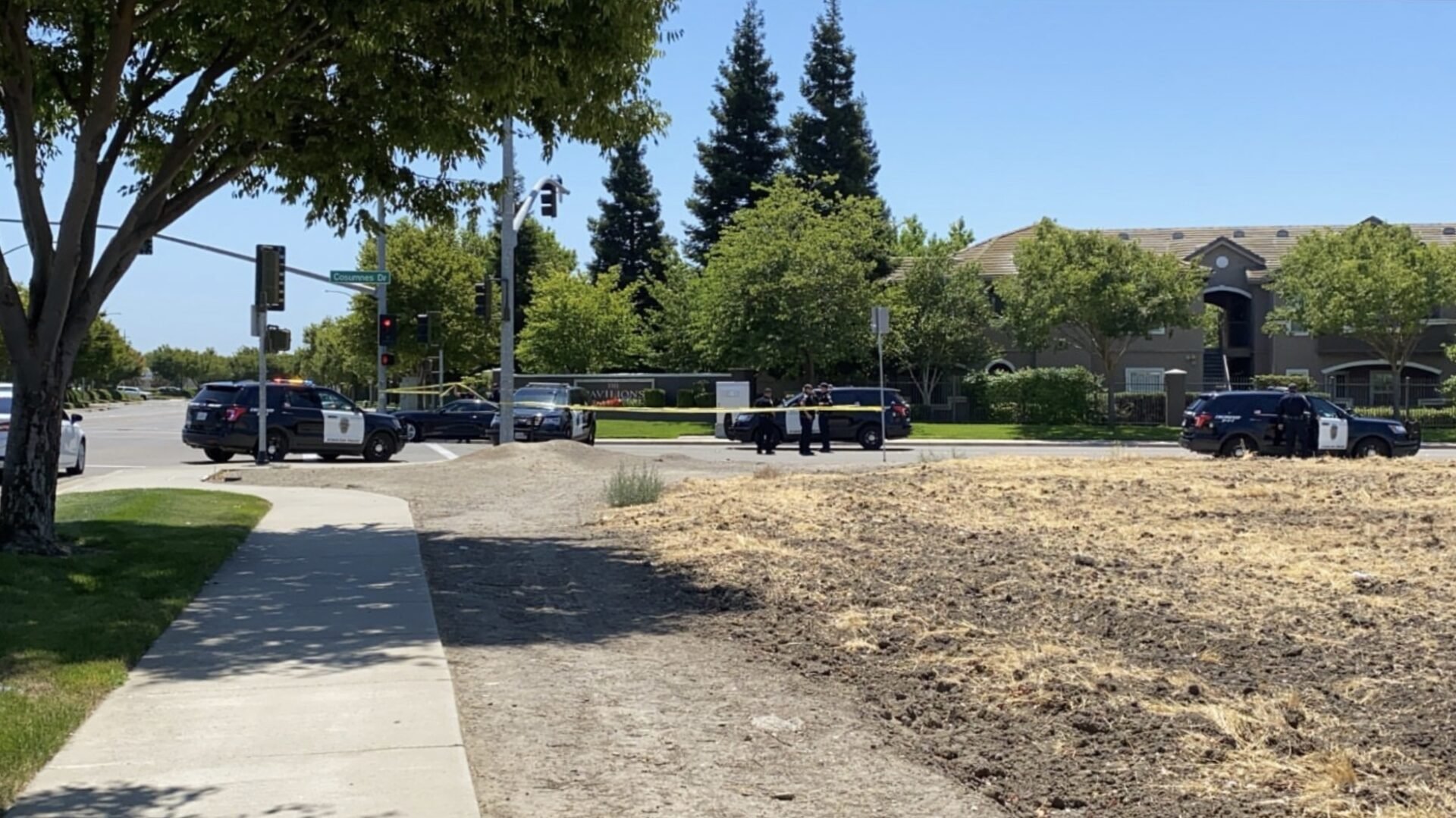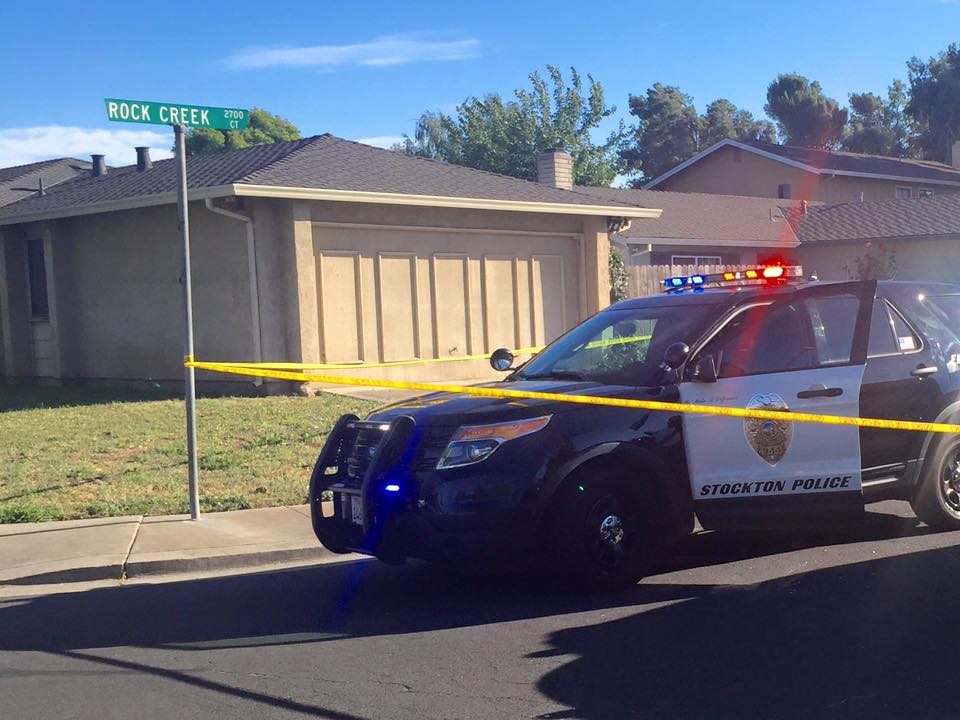Murder Rate In Stockton: A Deep Dive Into The Numbers, Challenges, And Solutions
Let’s be real—when you hear the term "murder rate," it’s hard not to perk up and pay attention. The murder rate in Stockton has been a topic of intense discussion, and for good reason. This isn’t just about statistics on a page; it’s about real lives, real families, and the struggles of a community trying to find its way. If you’re here, chances are you’re curious about what’s going on in Stockton, and trust me, the story is deeper than you might think.
Now, let’s break it down. The murder rate in Stockton isn’t just a number—it’s a reflection of the socio-economic conditions, law enforcement strategies, and community efforts that shape the city. Over the years, Stockton has faced its share of challenges, but it’s also a city with resilience. Understanding the factors behind the murder rate is the first step toward meaningful change.
So, buckle up because this article is going to take you through the numbers, the history, the human stories, and the potential solutions. We’ll talk about what’s working, what’s not, and what needs to happen next. Whether you’re a resident of Stockton, a curious outsider, or someone passionate about public safety, this is the article for you.
Read also:Noah Wyles Voice Change A Journey Through Transformation
Table of Contents
- Murder Rate Trends in Stockton
- Understanding the Numbers
- Historical Context of Crime in Stockton
- Community Impact: The Human Side of the Numbers
- Law Enforcement Efforts and Strategies
- Economic Factors Contributing to Crime
- The Role of Mental Health in Crime Rates
- Solutions and Initiatives: What’s Being Done?
- Future Outlook: Where Is Stockton Headed?
- Conclusion: Taking Action
Murder Rate Trends in Stockton
Alright, let’s get into the nitty-gritty. The murder rate in Stockton has fluctuated over the years, but it’s consistently been higher than the national average. According to recent data from the FBI’s Uniform Crime Reporting (UCR) program, Stockton’s murder rate has been hovering around 20-25 per 100,000 people. That’s significantly higher than the national average of about 5 per 100,000.
But here’s the kicker—these numbers aren’t static. In 2022, for example, Stockton saw a slight decrease in homicides compared to the previous year, which was a hopeful sign. However, 2023 brought a new set of challenges, with spikes in violent crime during certain months. It’s like a rollercoaster ride, and everyone’s holding on tight.
Why the Fluctuations?
The fluctuations in the murder rate can be attributed to a variety of factors. One major factor is gang activity, which has been a persistent issue in Stockton. Gang-related violence accounts for a significant portion of homicides in the city. Another factor is the availability of firearms, which makes conflicts more deadly.
Let’s also talk about socio-economic conditions. Poverty, unemployment, and lack of access to education and healthcare all contribute to a higher crime rate. It’s a complex web, and unraveling it requires a multifaceted approach.
Understanding the Numbers
Now, let’s break down the numbers a bit further. According to the latest data from the Stockton Police Department, there were 112 homicides in Stockton in 2022. That’s a lot of lives lost, and each one represents a family, a community, and a story. But it’s not just about the raw numbers—it’s about the trends and patterns behind them.
For instance, the majority of homicides in Stockton involve young men between the ages of 18 and 35. This demographic is disproportionately affected by violence, and addressing this issue requires targeted interventions. Additionally, a significant number of homicides occur in specific neighborhoods, which highlights the need for community-specific solutions.
Read also:Discover The Best Movies With 5 Movierulz A Complete Guide
Historical Context of Crime in Stockton
Stockton’s history with crime goes back decades. In the 1980s and 1990s, the city was known as one of the most dangerous in the country. The rise of gangs, drugs, and economic inequality all played a role in shaping the city’s reputation. However, Stockton has also been a city of resilience and innovation.
In the early 2000s, Stockton implemented several community policing initiatives that helped reduce crime rates. Programs like the Stockton Unified School District’s restorative justice approach and the city’s Ceasefire program have shown promise. But challenges remain, and the city continues to evolve its strategies.
Key Milestones in Stockton’s Crime History
- 1980s: Rise of gang activity and drug-related violence
- 1990s: Peak in homicide rates, earning Stockton a reputation as one of the most dangerous cities in the U.S.
- 2000s: Introduction of community policing and restorative justice programs
- 2010s: Implementation of the Ceasefire program and other violence reduction initiatives
Community Impact: The Human Side of the Numbers
Behind every statistic is a human story. The murder rate in Stockton isn’t just a number—it’s a reflection of the pain and loss experienced by families and communities. I had the chance to speak with a few residents, and their stories really hit home.
Take Maria, for example. She lost her son to gun violence last year, and she’s now an advocate for gun violence prevention. “It’s not just about the numbers,” she told me. “It’s about the lives that are lost and the families that are left behind. We need to do more to prevent this from happening.”
How the Community is Responding
Communities in Stockton are fighting back against violence in creative ways. Grassroots organizations like Stockton Against Gun Violence and the Stockton Peace Coalition are doing incredible work. They’re organizing community events, providing resources for at-risk youth, and advocating for policy changes.
And let’s not forget the role of faith-based organizations. Churches and mosques in Stockton are stepping up to provide support and guidance to families affected by violence. It’s a powerful example of how communities can come together in the face of adversity.
Law Enforcement Efforts and Strategies
The Stockton Police Department has been working hard to combat violence in the city. They’ve implemented a variety of strategies, including increased patrols in high-crime areas, community engagement initiatives, and partnerships with local organizations.
One of the most notable programs is the Ceasefire initiative, which focuses on identifying and intervening with individuals most at risk of committing or being victims of gun violence. The program uses a combination of law enforcement, social services, and community outreach to prevent violence before it happens.
Challenges Facing Law Enforcement
Despite their efforts, law enforcement in Stockton faces several challenges. Budget constraints, staffing shortages, and community mistrust are all significant obstacles. Building trust between the police and the community is a long-term process that requires transparency and accountability.
Additionally, the rise in gun violence has put a strain on law enforcement resources. Officers are working overtime to respond to incidents, and it’s taking a toll on morale. That’s why community support is more important than ever.
Economic Factors Contributing to Crime
Poverty is one of the biggest drivers of crime in Stockton. The city has one of the highest poverty rates in the country, with many residents struggling to make ends meet. Lack of access to education, job opportunities, and healthcare all contribute to a cycle of poverty and violence.
But here’s the thing—addressing economic inequality isn’t just about throwing money at the problem. It’s about creating sustainable solutions that empower individuals and communities. Programs like Stockton’s Economic Empowerment Demonstration Project (SEED) are showing promise by providing direct cash assistance to low-income residents.
How Economic Empowerment Can Reduce Crime
Economic empowerment initiatives can have a significant impact on reducing crime. When people have access to resources and opportunities, they’re less likely to turn to crime as a means of survival. It’s a win-win situation for everyone involved.
But it’s not just about providing financial assistance. It’s also about creating pathways to education and employment. Programs that focus on job training, mentorship, and entrepreneurship can help break the cycle of poverty and violence.
The Role of Mental Health in Crime Rates
Mental health is another critical factor in understanding the murder rate in Stockton. Many individuals involved in violent crime struggle with mental health issues, and the lack of access to mental health services exacerbates the problem.
Stockton has taken steps to address this issue by expanding mental health services and integrating them into the criminal justice system. Programs like the Mental Health Court and the Crisis Intervention Team (CIT) are helping to divert individuals with mental health issues away from the prison system and into treatment.
Breaking the Stigma Around Mental Health
One of the biggest challenges in addressing mental health is breaking the stigma. Many people are reluctant to seek help because of the fear of being judged or misunderstood. That’s why community education and outreach are so important.
By normalizing conversations about mental health and providing accessible resources, Stockton can make significant progress in reducing crime rates. It’s about treating the root causes, not just the symptoms.
Solutions and Initiatives: What’s Being Done?
There’s no silver bullet when it comes to reducing the murder rate in Stockton, but there are plenty of promising solutions and initiatives underway. From community policing to economic empowerment programs, the city is taking a multi-pronged approach to addressing the issue.
Here are a few examples of what’s working:
- Community policing initiatives that build trust between law enforcement and residents
- Economic empowerment programs like SEED that provide direct cash assistance
- Mental health services integrated into the criminal justice system
- Grassroots organizations working to prevent gun violence
What More Can Be Done?
While progress is being made, there’s still a long way to go. The city needs continued investment in education, job training, and mental health services. It also needs to address systemic issues like racism and inequality that contribute to crime.
Community involvement is key. Everyone has a role to play in making Stockton a safer place. Whether it’s volunteering with a local organization, advocating for policy changes, or simply being a good neighbor, every action counts.
Future Outlook: Where Is Stockton Headed?
Looking ahead, the future of Stockton is full of possibilities. The city has shown resilience in the face of adversity, and there’s reason to be optimistic about the future. With continued efforts from law enforcement, community organizations, and residents, Stockton can become a safer, more prosperous place.
Of course, challenges remain. The murder rate in Stockton is still higher than it should be, and addressing the root causes of violence will take time and effort. But the progress that’s been made so far is a testament to what’s possible when people come together for a common cause.
What Does the Future Hold?
In the coming years, we can expect to see more innovative solutions and initiatives aimed at reducing crime in Stockton. From technology-driven policing to community-led programs, the possibilities are endless. The key is to stay focused on the goal and to keep pushing forward, even when the road gets tough.
Conclusion: Taking Action
In conclusion, the murder rate in Stockton is a complex issue that requires a multifaceted approach. From addressing economic inequality to improving mental health services, there’s no shortage of work to be done. But the good news is that progress is being made, and the community is coming together to make a difference.
So, what can you do? If you’re a resident of Stockton, get involved with local organizations and initiatives. If you’re an outsider, share this article and raise awareness about the challenges facing the city. Together, we can make Stockton a safer, more prosperous place for everyone.
And remember, every action counts. Whether it’s volunteering your time, donating resources, or simply


